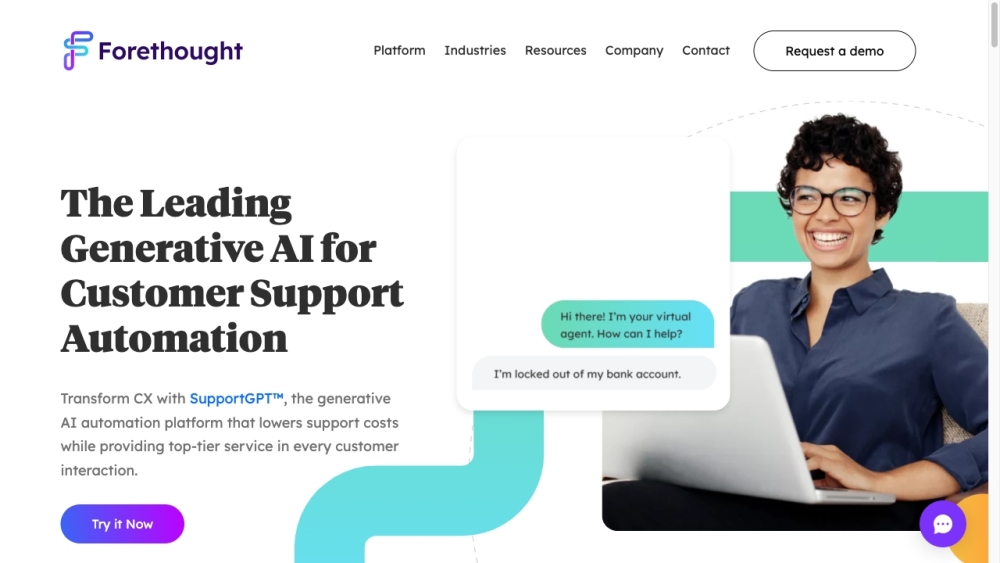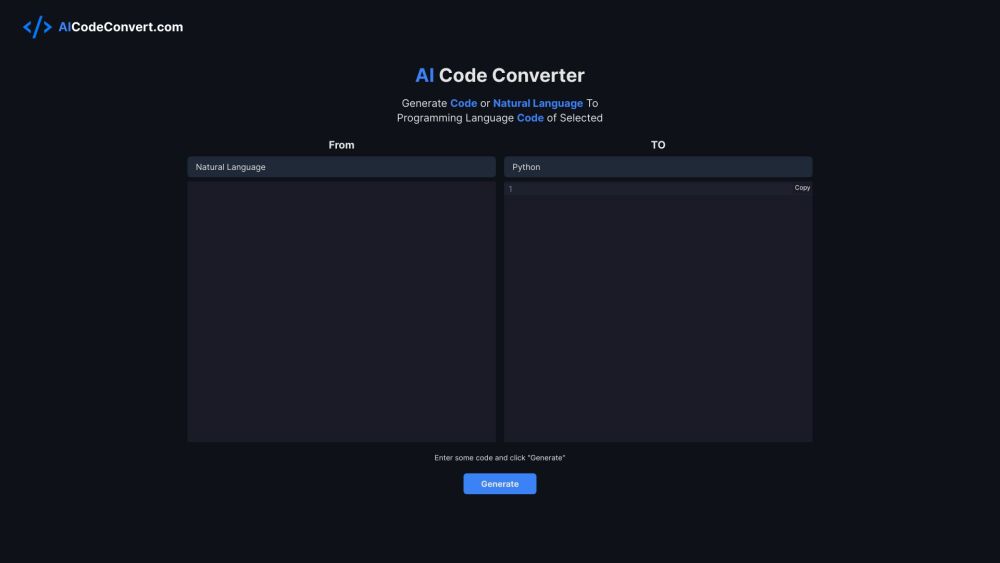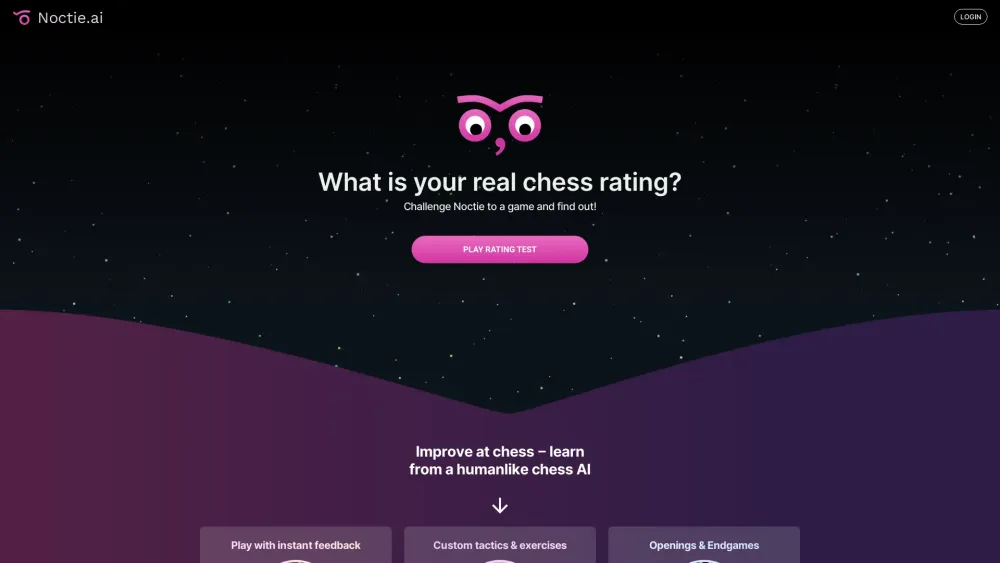Since the rise of generative AI two years ago, recent developments have not met expectations. There have been few groundbreaking innovations in large models, and killer applications have yet to emerge, leading to ongoing debates in the capital markets about potential overvaluation and “bubble” concerns. Has the pace of AI development truly slowed down? Amidst skepticism and anticipation, OpenAI, the leader in AI, recently rolled out a benchmark test called MLE-bench designed to evaluate the machine learning capabilities of AI agents, establishing an industry standard for assessing the abilities of large models.
This initiative follows last month’s significant update from OpenAI, showcasing the o1 series of models, which possess reasoning abilities exceeding those of human PhDs. Results from the MLE-bench indicate that the o1-preview model earned medals in 16.9% of competitions—nearly double the second-place GPT-4o at 8.7%—and five times higher than Meta's Llama3.1 405b, and twice that of Claude 3.5. Beyond enhanced reasoning, the o1 model's key breakthrough lies in its introduction of a new Scaling Law and the formation of a "data flywheel," enabling the capacity for "self-evolution."
NVIDIA CEO Jensen Huang has remarked that AI is now in a feedback loop of designing the next generation of itself, progressing at a rate equivalent to Moore’s Law squared. This suggests we will witness remarkable and unforeseen advancements in the next one to two years. OpenAI founder Sam Altman pointed out that the learning curve for AI has become steeper, and with self-evolution capabilities, rapid advancements toward a higher level of intelligence are possible.
The notion of “self-evolution” indicates that the singularity in AI development is accelerating. Analysts now view OpenAI’s understanding of the singularity as a potential reality rather than merely a theoretical concept, especially through the function of AI agents. OpenAI's decision to reset the counter with the o1 nomenclature symbolizes the dawn of a new AI era. The o1's most significant breakthrough isn't just in enhanced reasoning, but also in its "self-learning" capability and the introduction of a new Scaling Law.
The core advancement of the o1 model lies in its ability to produce intermediate steps during the reasoning process, which contain extensive quality training data that can be reused to enhance model performance, thus creating a virtuous cycle of "self-reinforcement." This mirrors the human scientific development process—extracting existing knowledge to forge new insights continually.
NVIDIA's senior scientist Jim Fan praised the future of the o1 model, positing that its development would accelerate like a flywheel, similar to how AlphaGo increased its chess skills through self-play. The o1 model signifies a paradigm shift in large models—ushering in a new Scaling Law for the reasoning phase. Traditionally, Scaling Law referred to the performance improvement of large models with increased parameters, data, and computational power. However, as data becomes finite, typical training methods indicate diminishing returns.
The o1 model breaks through this limitation largely by enhancing the reasoning process, allowing extended thinking time—resulting in noticeable performance improvements. By redefining the traditional Scaling Law that focuses on pre-training phases, o1 introduces a new paradigm where extended reasoning time yields superior outcomes, thus shifting the research focus from parameter tuning to optimizing reasoning time.
As the performance of large models leaps forward, corresponding upgrades in computational power will also take place. During the recent T-Mobile conference, Jensen Huang anticipated a 50-fold increase in computing speed, reducing the response time of the o1 model from minutes to seconds.
Sam recently suggested that future AI reasoning capabilities will become increasingly intelligent, necessitating greater computational resources. Currently, each prompt in ChatGPT represents a singular path, but in the future, there will be hundreds of pathways. The model will conduct reasoning and engage in reinforcement learning to provide more accurate answers—a transformative approach that is set to usher in a new era.
The accelerated advancement signifies that "the singularity is approaching." Altman highlighted that in future healthcare, superintelligent AI could assist doctors in more accurately diagnosing conditions and tailoring treatment plans. In transportation, AI could optimize traffic flow to reduce congestion and accidents, while education could ensure equity in learning resources through AI companions.
Despite market apprehensions about AI progression, industry leaders assert that the narrative surrounding AI is rapidly advancing. At a Salesforce event, Huang noted that technology is entering a positive feedback loop, and AI is self-designing its next generation, progressing at an extraordinary pace.
Altman indicated that breakthroughs in the new reasoning paradigm would occur within months, with plans to upgrade from o1-preview to the official o1 model. The interaction methods with o1 will also evolve beyond mere chatting. According to OpenAI's five-level AGI roadmap, we currently sit at AGI Level 2. Altman expressed that while transitioning from Level 1 to Level 2 took time, Level 2 is promising in its potential for a swift evolution to Level 3, which will yield incredibly potent AI agents.
In summation, the core of the o1 model's remarkable performance is attributed to its ability to leverage reinforcement learning combined with chain-of-thought (CoT) processing. This CoT technology emulates human cognition by allowing the model to engage in profound, logical reasoning before generating answers.
Rather than merely reacting, the o1 model systematically dismantles problems and continuously validates and refines its approach, significantly enhancing its reasoning capabilities. Its reinforcement learning feature allows for self-directed exploration and continuous decision-making improvement. The distinction lies in that while previous models focused on learning from data, the o1 model learns from thought processes. Through this innovative combination, the o1 showcases substantial improvements not only in quantitative reasoning metrics but also in the qualitative explainability of its reasoning—yet it remains focused on specific tasks and lacks the full cognitive depth of human thought.




